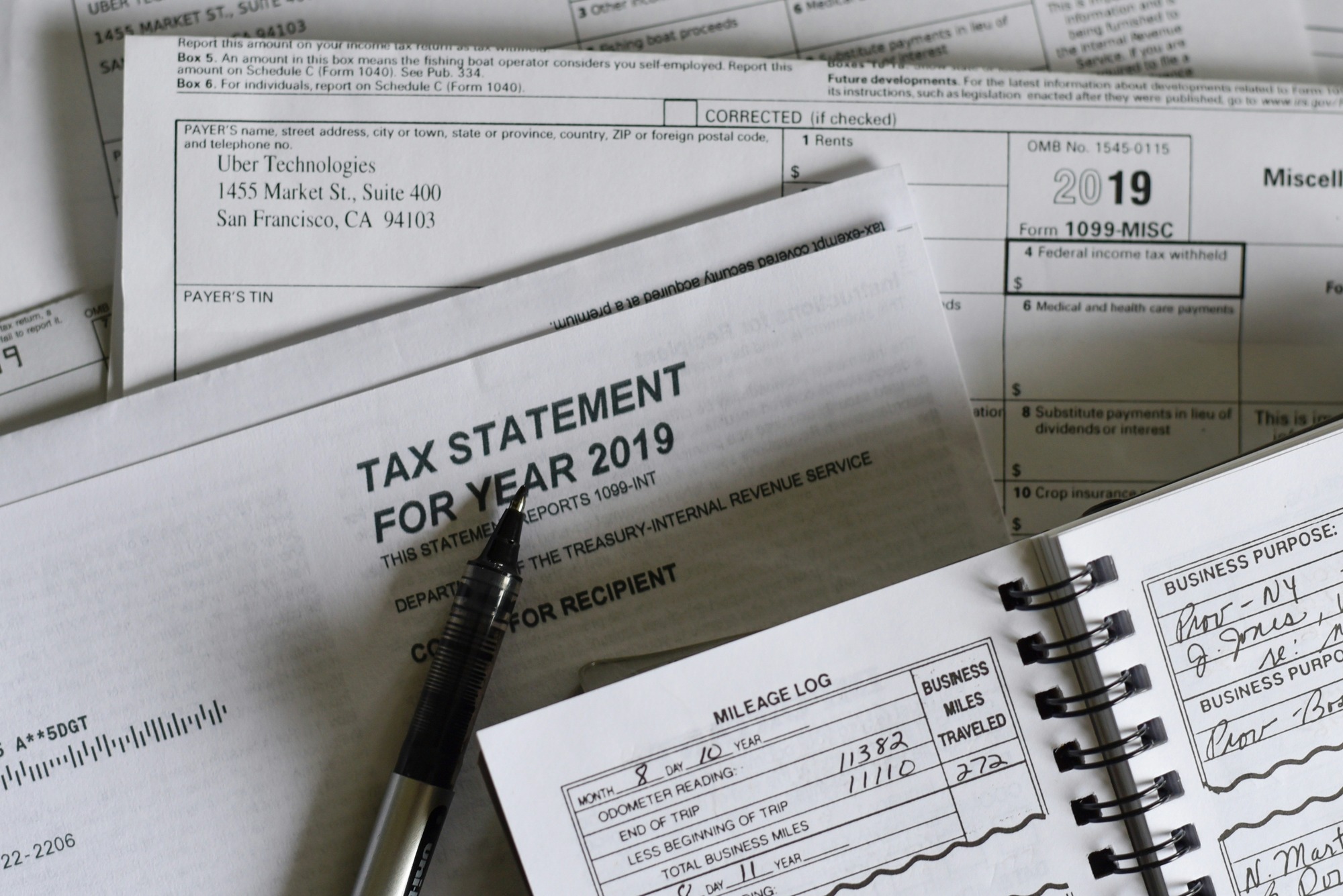Most people approach tax season with dread. Between W-2s, 1099s, and endless receipts, the process can feel overwhelming, especially when you brace yourself for how much you’ll owe. But hiding deep in the IRS code are overlooked gems—tax breaks, credits, and deductions that the average filer never taps into. These “IRS Easter eggs” aren’t loopholes; they’re perfectly legal benefits designed to reward smart financial behavior, ease life transitions, and offer relief during tough times.
Ready to uncover some serious savings? Here are 11 IRS rules that could shrink your tax bill faster than you can say “adjusted gross income.”
1. The Saver’s Credit
The Saver’s Credit is one of the most underutilized credits in the tax code. It rewards low- to moderate-income earners who contribute to a retirement account, such as a Traditional IRA, Roth IRA, or employer-sponsored 401(k). Depending on your filing status and income, you could claim 10%, 20%, or even 50% of your retirement contributions, up to a maximum credit of $1,000 ($2,000 if married filing jointly).
This credit is especially beneficial for young workers, part-time earners, and students just starting their careers. Best of all, it’s in addition to the regular tax advantages of contributing to a retirement plan.
2. The Earned Income Tax Credit (EITC)
The EITC is a refundable tax credit aimed at helping working individuals and families with low to moderate income. The amount of the credit varies depending on your income, marital status, and the number of qualifying children you have.
For tax year 2024, the maximum credit is up to $7,830 for a family with three or more qualifying children. Even childless taxpayers between the ages of 25 and 64 can qualify, though the credit is smaller.
What makes the EITC so powerful is its refundability; even if your tax bill is zero, the IRS will send you the credit as a refund. Yet, the IRS estimates that one in five eligible taxpayers don’t claim the EITC every year. That’s free money left on the table.
3. Medical Expenses
Most people know they can deduct out-of-pocket medical expenses, but many don’t realize how broad that category actually is. If your unreimbursed medical expenses exceed 7.5% of your adjusted gross income (AGI), you can deduct the excess if you itemize. Deductible expenses include travel and lodging for medical treatment, prescription drugs and insulin, hearing aids, glasses, and contact lenses, dental treatments and orthodontics, and home modifications for medical purposes (like wheelchair ramps or grab bars).
You can even deduct mileage driven to and from medical appointments. It’s worth keeping detailed records, as these lesser-known costs can add up quickly.
4. Educator Expense Deduction
Educators in K–12 schools often spend hundreds of dollars on classroom supplies. The IRS allows eligible teachers, counselors, principals, and aides to deduct up to $300 of unreimbursed expenses or $600 if both spouses are educators. Eligible items include classroom supplies and books, COVID-19 protective items (like PPE and sanitizers), educational software, and professional development courses. Unlike many deductions, this one doesn’t require itemizing—it reduces your taxable income directly.
5. The American Opportunity Credit
College isn’t cheap, but the American Opportunity Tax Credit (AOTC) can ease the burden by covering up to $2,500 per year per student. The AOTC applies to the first four years of higher education and can be used for tuition, fees, books, and required course materials.
What makes this credit stand out:
-
It’s partially refundable (up to $1,000).
-
You can claim it for each eligible student.
-
It phases out at higher income levels (over $90,000 for single filers and $180,000 for joint filers in 2024).
Keep Form 1098-T from the school handy when filing, and don’t forget to subtract any scholarships or grants from your qualified expenses.

6. Home Office Deduction
If you’re self-employed, the home office deduction can be a goldmine. You can deduct a portion of your rent or mortgage, utilities, internet, insurance, and repairs so long as a specific part of your home is used regularly and exclusively for business.
Even gig economy workers, freelancers, and part-time entrepreneurs qualify. The deduction can be calculated using a simplified method ($5 per square foot up to 300 sq. ft.) or actual expenses.
W-2 employees generally don’t qualify anymore unless under very specific employer-required arrangements, but this remains a powerful tool for side hustlers.
7. Child and Dependent Care Credit
If you paid for child care so you could work or look for work, you may be eligible for the Child and Dependent Care Credit. The credit is worth up to 35% of $3,000 in expenses for one dependent or $6,000 for two or more. Qualified expenses include daycare centers, in-home babysitters, preschool and after-school programs, and summer day camps
Even care for elderly or disabled dependents counts. To claim it, you’ll need the care provider’s name, address, and Tax ID number (or SSN).
8. State Sales Tax Deduction
Taxpayers who itemize can choose between deducting state income taxes or state sales taxes, whichever offers a bigger benefit. If you live in a no-income-tax state like Texas, Florida, or Nevada, the sales tax deduction is a game-changer.
Even if you don’t keep every receipt, the IRS provides an optional sales tax calculator based on your income and ZIP code. But if you made major purchases like a car, boat, or home renovation materials, you can add those on top of the estimate.
9. Health Savings Account (HSA) Contributions
An HSA is one of the few triple tax-advantaged accounts available:
-
Contributions are tax-deductible.
-
Growth is tax-free.
-
Withdrawals for qualified medical expenses are tax-free.
In the tax year 2024, the HSA contribution limits are $4,150 for individuals and $8,300 for families, with an additional $1,000 catch-up for those 55 and older. Unlike FSAs, HSA funds roll over year to year and can even be invested like a retirement account.
10. Energy Efficiency Tax Credits
Want to make your home more energy-efficient? The IRS will help cover the costs. Under the Energy Efficient Home Improvement Credit, you can claim up to 30% of the cost for qualifying improvements, including solar panels, geothermal heat pumps, energy-efficient windows, doors, and insulation, and electric vehicle charging stations.
For solar installations specifically, the Residential Clean Energy Credit applies, which is worth thousands over time. Save receipts, certifications, and installation documentation.
11. Charitable Contributions
While temporary pandemic-era rules allowing above-the-line deductions for charitable contributions have ended, many taxpayers who itemize still miss deductions for small contributions. Qualifying charitable deductions include cash donations, donated goods (clothes, appliances, etc.), miles driven for charity (14 cents/mile), and expenses incurred while volunteering. Always get a written acknowledgment for donations over $250 and keep records, even for small contributions.
Don’t Pay More Than You Owe
These hidden IRS “Easter eggs” may not be advertised on tax forms, but they’re perfectly legal and designed to help taxpayers get a fair deal. Tax law is complex, but with a little research or the help of a qualified tax professional, you can uncover opportunities to lower your bill and maximize your refund.
Missing even one of these could mean hundreds or thousands of dollars lost. Don’t leave money on the table.
Have you ever discovered a tax break you didn’t know existed? Which of these IRS “Easter eggs” surprised you the most?
Read More:
10 Times You Should Pay Your Taxes Quarterly
What to Know Before Taking Out a Loan to Cover Your Back Taxes
Read the full article here














